What are norisoprenoids?
Norisoprenoids are C13 or C9 volatile metabolites formed through the oxidative cleavage of carotenoids (e.g., β-carotene, lutein, neoxanthin). They are key contributors to floral, fruity, woody, and spicy aromas in various natural products. Common norisoprenoids include:
- β-Ionone (violet-like aroma)
- α-Ionone (raspberry-like scent)
- Damascenone (rose-honey note)
- Teprenone (herbal fragrance)
Due to their low odor thresholds, even trace amounts significantly impact sensory properties, making precise detection essential for product development and quality control.
Creative Proteomics provides specialist norisoprenoids analysis services designed to identify, quantify and understand the complex biochemical pathways involved in norisoprenoids formation.
Norisoprenoids Analysis Service by Creative Proteomics
Creative Proteomics provides a wide range of specialized services for norisoprenoids analysis to ensure high-precision data back your research and development processes. Our service offerings include:
Norisoprenoids ldentification and Quantification
- Targeted GC-MS or LC-MS/Ms analysis for accurate quantification of norisoprenoids(e.g., β-ionone, α-ionone)
- Absolute and relative quantification with internal standards
Structural Characterization
- High-resolution MS and MS/MS analysis for norisoprenoids structural elucidation
- Fragmentation pattern analysis to determine molecular structure and confirm identity
Untargeted Screening
- Comprehensive profiling of unknown norisoprenoids and related metabolites in complex matrices.
Metabolic Pathway Analysis
- Investigation of carotenoid degradation pathways and key enzymatic steps (e.g., CCD enzymes).
Data Interpretation and Report Generation
- Detailed, scientifically rigorous reports, including all relevant data, trends and analyses
- Assist in decision-making and further research
Custom Assay Development
- Development and validation of customized norisoprenoid quantification assays
- Optimization of extraction and sample preparation protocols for diverse sample matrices
Isotope Tracing Studies
- Combined with mass spectrometry to track the binding of isotopically labelled compounds in metabolic pathways to determine metabolic rates and pathway activity.
List of Norisoprenoids -Related Metabolites (including but not limited to)
| Detected Norisoprenoid |
Metabolite(s) |
Metabolic Pathway(s) |
| β-Cyclocitral |
β-Cyclocitral Glucoside |
β-carotene Degradation |
| β-Ionone |
β-Ionone Glycosides |
Lutein and Zeaxanthin Degradation |
| Damascenone |
Damascenone Glucoside |
β-carotene Degradation |
| α-Damascenone |
α-Damascenone Derivatives |
β-carotene Breakdown, Lycopene Cleavage |
| Geranylacetone |
Geranylacetone Glucoside |
Terpenoid Metabolism |
| β-Citral |
β-Citral Derivatives |
Carotenoid Cleavage, β-carotene Derivative |
| Apocarotenal |
Apocarotenal Glycosides |
Carotenoid Degradation |
Techniques and Instrumentation for Norisoprenoids Analysis
Bruker 400 MHz NMR spectrometer (Figure from Bruker)
7890B Gas Chromatograph (Figure from Agilent)
Mass-Based 1290 Infinity II Preparative LC/MSD System (Figure from Agilent)
ISQ™ EC Single Quadrupole MS (Figure from Thermo Scientific)
Agilent 6495C Triple quadrupole (Figure from Agilent)
Agilent 7890B-5977A (Figure from Agilent)
Workflow for Norisoprenoids Analysis Service
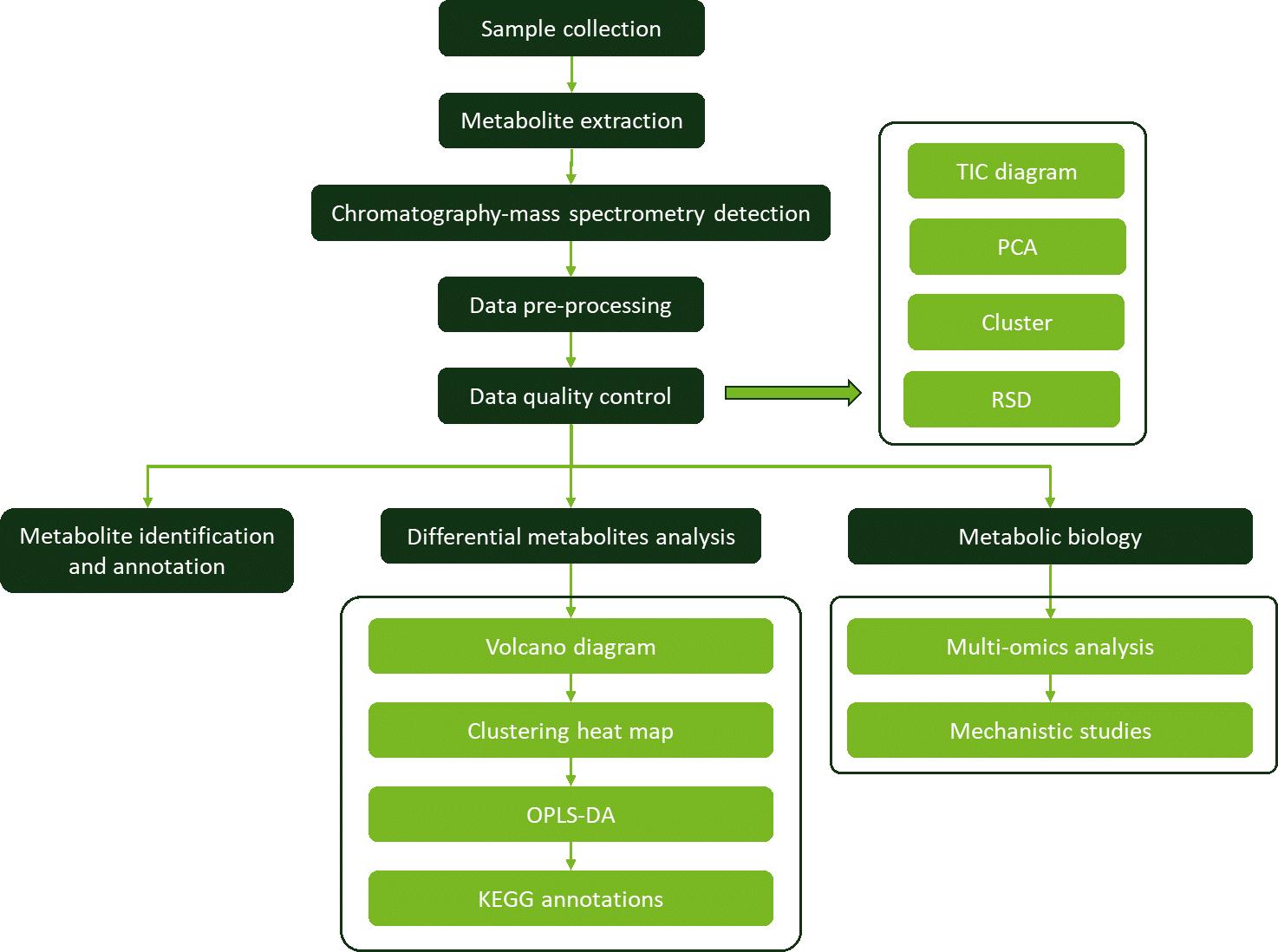
Why Choose Us?
- Ultra-High Sensitivity: Detection limits down to 0.1 ppb (GC-MS/MS) and 0.01 ppb (LC-MS/MS).
- Multi-Method Validation:Cross-verified by GC×GC-TOFMS, HPLC-DAD, and UPLC-QTOF for robust data.
- Matrix Adaptability: Optimized protocols for wine, essential oils, plant tissues, and processed foods.
- High-Throughput: Automated sample prep (e.g., HS-SPME, SBSE) for 100+ samples/day.
- Highly Sensitive Detection:Our cutting-edge instrumentation ensures the detection of even trace amounts of Norisoprenoids, allowing for highly sensitive analysis in a wide range of sample types.
- Comprehensive Profiling: We provide a complete profile of Norisoprenoid compounds and their related metabolites, helping clients to understand the full scope of these compounds in their samples.
- Customizable Services: Whether you need a basic analysis or a more complex, in-depth study, we offer customizable service packages to meet your specific requirements.
Applications of Norisoprenoids Analysis
|

|
Agricultural Research
Understanding the role of Norisoprenoids in plant defense and stress response
|

|
Food and Beverage Industry
Profiling the aroma and flavor of fruits, wines, and other food products.
|
|

|
Perfumery and Cosmetics
Analyzing essential oils and fragrances for the development of perfumes and personal care products.
|

|
Biotechnology
Studying the biosynthesis of Norisoprenoids in microorganisms for use in bioengineering and synthetic biology.
|
Sample Requirements for Norisoprenoids Analysis Assay
| Sample Type |
Sample Volume |
Storage Conditions |
Preparation Instructions |
| Plant Tissue |
10-20 g |
Freeze or store at -20°C |
Homogenize, avoid contamination |
| Fruit Samples |
50-100 g |
Keep refrigerated |
Separate edible parts from peel |
| Essential Oils |
1-2 mL |
Store in amber vials at room temperature |
No preservatives |
| Soil Samples |
50-100 g |
Store at 4°C |
Dry samples, remove contaminants |
| Fermentation Broths |
50-100 mL |
Refrigerated |
Filter or centrifuge to remove solids |
 LC–MS analysis of metabolites from strains engineered for pentacyclic triterpene saponin production derived from β-amyrin and oleanolic acid. (Figure from Yu Wang et al., 2022)
LC–MS analysis of metabolites from strains engineered for pentacyclic triterpene saponin production derived from β-amyrin and oleanolic acid. (Figure from Yu Wang et al., 2022)
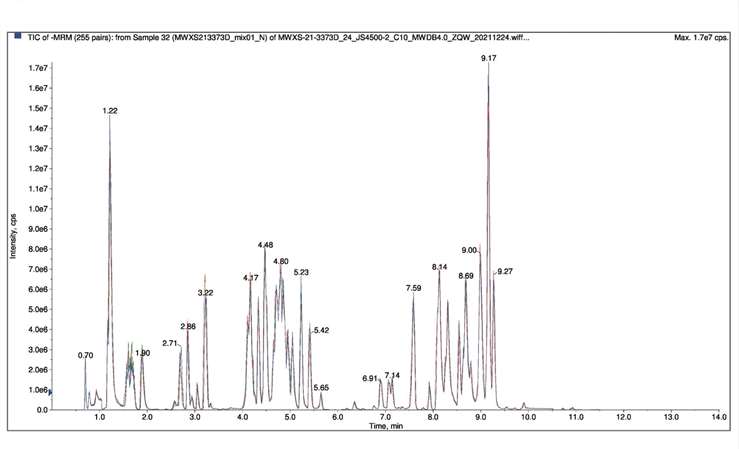 Terpenoid QC sample mass spectrometry detection TIC overlay (Figure from Yanjing Dong et al., 2022)
Terpenoid QC sample mass spectrometry detection TIC overlay (Figure from Yanjing Dong et al., 2022)
Case. Combined Metabolite and Transcriptome Profiling Reveals theNorisoprenoid Responses in Grape Berries to Abscisic Acid and Synthetic Auxin
Background:
- Abscisic acid and growth hormone are important regulators of grapevine development and ripening, and an increase in abscisic acid and a decrease in growth hormone content is one of the most important signs of the onset of ripening. norisoprenoids also begin to accumulate in large quantities during this critical period of grapevine ripening - the colour change stage.
- A large number of studies have found that abscisic acid and growth hormone regulate the ripening process, fruit softening, anthocyanin synthesis, and colour consistency of grape berries, but their regulation of aroma synthesis and accumulation is still poorly understood.
- In this study, we sprayed abscisic acid and naphthalene acetic acid, a growth hormone analogue, before the colour change stage of grapes, with the aim of investigating the mechanisms by which abscisic acid and naphthalene acetic acid regulate the synthesis of norisoprenoids.
Samples:
- Vistis vinifera L. cv. Cabernet Sauvignon Grapefruit
- Three biological replicates were included for each line, with six plants for each biological replicate Three biological replicates per treatment, each containing 50 grapes.
Technical methods procedure:
- Extraction of total RNA from grape berries for transcriptome sequencing
- Grape berries were ground into powder under liquid nitrogen, sonicated with water, centrifuged to remove the supernatant, dried in a MeOH-ACN concentrator, and quantitatively analyzed for ABA and IAA levels in grape berries using LC-MS.
- Grape berries were ground into powder in liquid nitrogen and placed into a 20 mL autosampler vial with 5 mL of citrate buffer and 10 μL of internal standard, and the total norisoprenoids were extracted in a thermostatic bath at 50℃. Finally, the volatile compounds in the samples were analyzed by using an Agilent 6890 gas chromatograph coupled with an Agilent 5975C mass spectrometer.
- RNA Isolation, Cloning, and Expression of VviGATA26
Results:
- Exogenous abscisic acid reduced the content of grapheme A, grapheme B, and 6-methyl-5-heptan-2-one by down-regulating the expression of VviCCD4a, a key gene for norisoprenoids synthesis, but had no significant effect on the total amount of descending isoprenoids.
- Exogenous naphthalene acetic acid inhibited the expression of genes related to norisoprenoids synthesis by up-regulating the genes VviPSY1, VviPSY2, VviPSY3, VviLECY, VviLBCY, VviZEP, VviCCD4a, and VviCCD4b, and inhibited the expression of key genes for ABA synthesis, VviNCED1, VviNCED2, and VviNCED3 expression and increased the content of norisoprenoids in grape berries except for geranylacetone and 6-methyl-5-heptan-2-one.
- Exogenous naphthalene acetic acid up-regulated the expression of VviGATA26, a potential transcription factor that regulates the synthesis of norisoprenoids, possibly by binding to the promoter sequences of genes related to the synthesis of norisoprenoids, VviPSY1 and VviZDS, and thereby regulating the synthesis and accumulation of norisoprenoids. accumulation.
 Effects of ABA and NAA on hormone accumulation and related gene expression during berry development and ripening. (Figure from Lei He et al., 2021)
Effects of ABA and NAA on hormone accumulation and related gene expression during berry development and ripening. (Figure from Lei He et al., 2021)
Reference
- He L, et al. Combined Metabolite and Transcriptome Profiling Reveals the Norisoprenoid Responses in Grape Berries to Abscisic Acid and Synthetic Auxin. International Journal of Molecular Sciences. 2021; 22(3):1420. https://doi.org/10.3390/ijms22031420



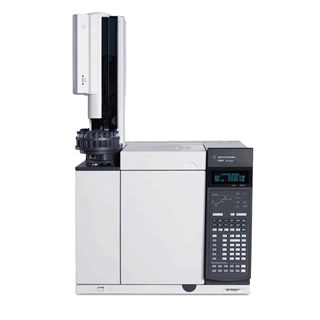


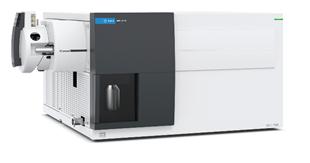
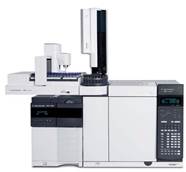





 LC–MS analysis of metabolites from strains engineered for pentacyclic triterpene saponin production derived from β-amyrin and oleanolic acid. (Figure from Yu Wang et al., 2022)
LC–MS analysis of metabolites from strains engineered for pentacyclic triterpene saponin production derived from β-amyrin and oleanolic acid. (Figure from Yu Wang et al., 2022) Terpenoid QC sample mass spectrometry detection TIC overlay (Figure from Yanjing Dong et al., 2022)
Terpenoid QC sample mass spectrometry detection TIC overlay (Figure from Yanjing Dong et al., 2022) Effects of ABA and NAA on hormone accumulation and related gene expression during berry development and ripening. (Figure from Lei He et al., 2021)
Effects of ABA and NAA on hormone accumulation and related gene expression during berry development and ripening. (Figure from Lei He et al., 2021)

